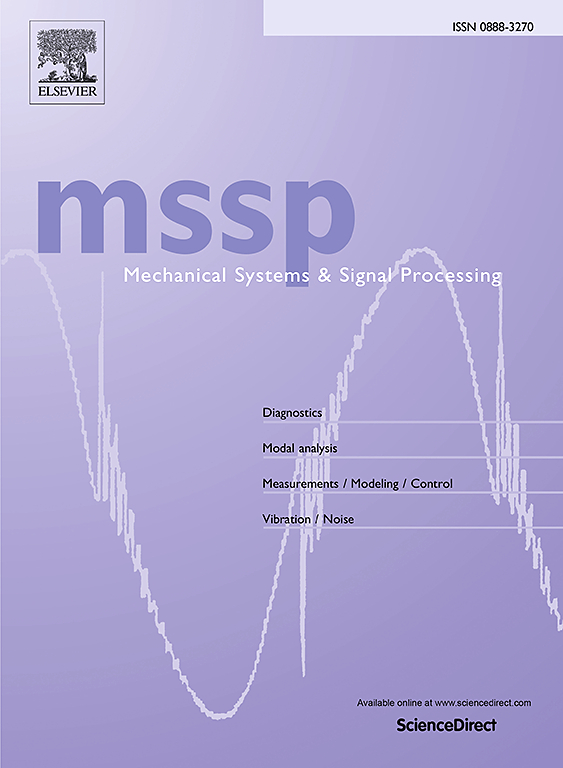Subwavelength resolution imaging of ultrasonic total focusing method by decoupling overlapped signals through back propagation neural network
IF 7.9
1区 工程技术
Q1 ENGINEERING, MECHANICAL
引用次数: 0
Abstract
The resolution, defined as the ability to distinguish two closely spaced defect, is one key criterion for evaluating ultrasonic imaging systems. The ultimate resolution of ultrasonic images is in the order of wavelength λ due to the Rayleigh criterion. In this paper, a Back Propagation Neural Network-Total Focusing Method (BPNN-TFM) is proposed for achieving subwavelength resolution imaging. In this method, the BPNN is trained to decouple overlapping signals from adjacent defect by predicting the times of arrival (ToAs) of defect waves, and the TFM performs delay-and-sum beamforming. Experimental data is collected through full matrix capture (FMC) from the aluminum alloy specimens that contain adjacent side-drilled holes (SDHs) with central distances ranging from 0.5λ to 1.0λ, and simulation models are established for data augmentation, totaling 54 sets of 55,296 A-scan signals. Twelve multi-domain features, commonly used in ultrasonic testing, are extracted from each A-scan signal as the input of the network. The prediction of ToAs for adjacent SDHs and reconstruction of high-resolution A-scan signals for TFM imaging are sequentially accomplished through BPNN optimized by genetic algorithm. The results demonstrate that the SDHs with a minimum central distance 0.5λ can be identified, and the resolution of BPNN-TFM is superior to the existing super-resolution imaging algorithms. Moreover, Shapley additive explanation (SHAP) is introduced to quantitatively analyze the relationship between twelve features and ToAs, and six high-contribution features are further selected. Finally, based on the simulation data, the ultimate resolution of BPNN-TFM in aluminum alloy is explored, and the applicability of the method is discussed by taking two SDHs with depth aberration and three SDHs arranged horizontally with 0.5λ central distances as case studies.
通过反向传播神经网络解耦重叠信号,实现超声全聚焦法的亚波长分辨率成像
本文章由计算机程序翻译,如有差异,请以英文原文为准。
求助全文
约1分钟内获得全文
求助全文
来源期刊

Mechanical Systems and Signal Processing
工程技术-工程:机械
CiteScore
14.80
自引率
13.10%
发文量
1183
审稿时长
5.4 months
期刊介绍:
Journal Name: Mechanical Systems and Signal Processing (MSSP)
Interdisciplinary Focus:
Mechanical, Aerospace, and Civil Engineering
Purpose:Reporting scientific advancements of the highest quality
Arising from new techniques in sensing, instrumentation, signal processing, modelling, and control of dynamic systems
 求助内容:
求助内容: 应助结果提醒方式:
应助结果提醒方式:


